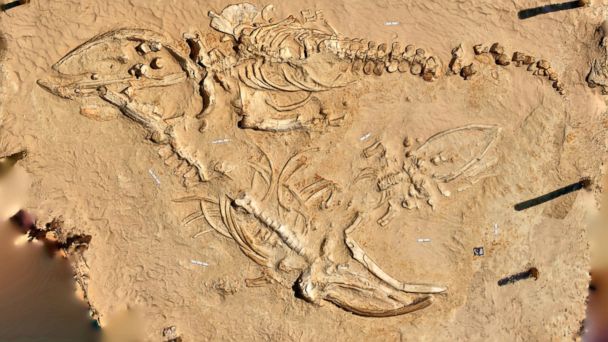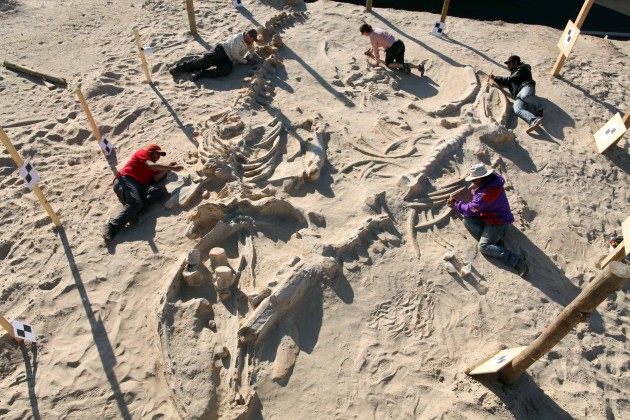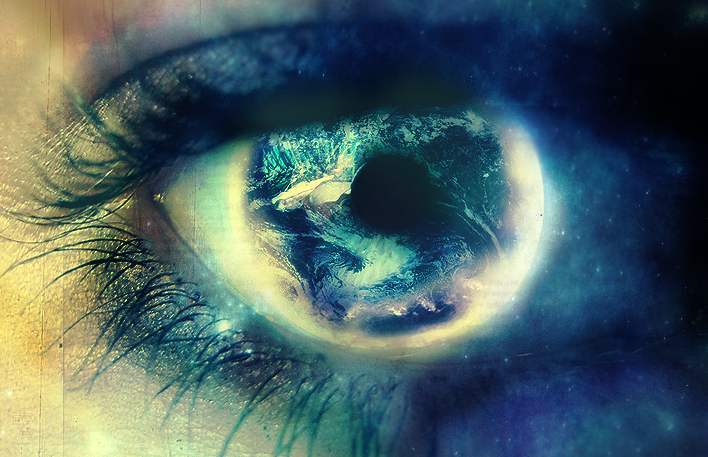
A woolly mammoth clone may now be a bit closer to reality. This is thanks to an international team of researchers which has discovered blood in a woolly mammoth frozen for 43,000 years.

A woolly mammoth clone may now be a bit closer to reality. This is thanks to an international team of researchers which has discovered blood in a woolly mammoth frozen for 43,000 years.

The woolly mammoth, found May 2013 on Malolyakhovskiy island, has undergone careful study for the past year. The carcass was remarkably well preserved, giving scientists new insight into the mammoth’s digestive and circulatory systems.
Discussing the potential for cloning, Semyon Grigoryev, head of the Mammoth Museum in Yakutsk, part of the Institute of Applied Ecology of the North at the North Eastern Federal University said, “The next question is how to use an elephant in the cloning process. The evolutionary path of the mammoth and the elephant diverged a long time ago. So even if we could get a ‘living cell’ we need to have a special method of cloning. The Koreans are working on getting the clones from different species, but, you see, it is not so fast. If we do not get ‘living cell’, we will have a longer route. Then we should create artificial DNA, it could take 50 or 60 years.”
“So we have a unique opportunity to understand how the mammoth’s blood system worked, its muscles and the trunk. Of course, we are engaged primarily in fundamental science. It is important to us to learn all possible details about mammoth. Maybe our findings will be used by applied science, but now it is early to think of it. And I repeat once again that cloning – despite our discovery, it is a very distant prospect, involving years and decades of work.”
Read more: Siberian Times
Watch: 5 Extinct Animals That May Still Roam the Earth














